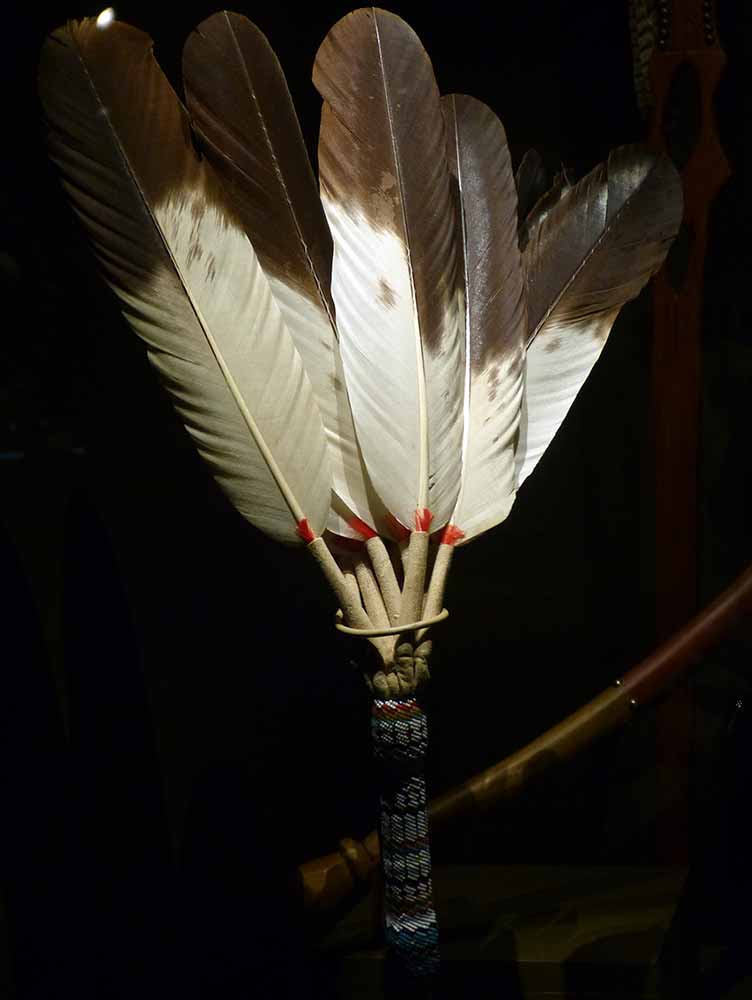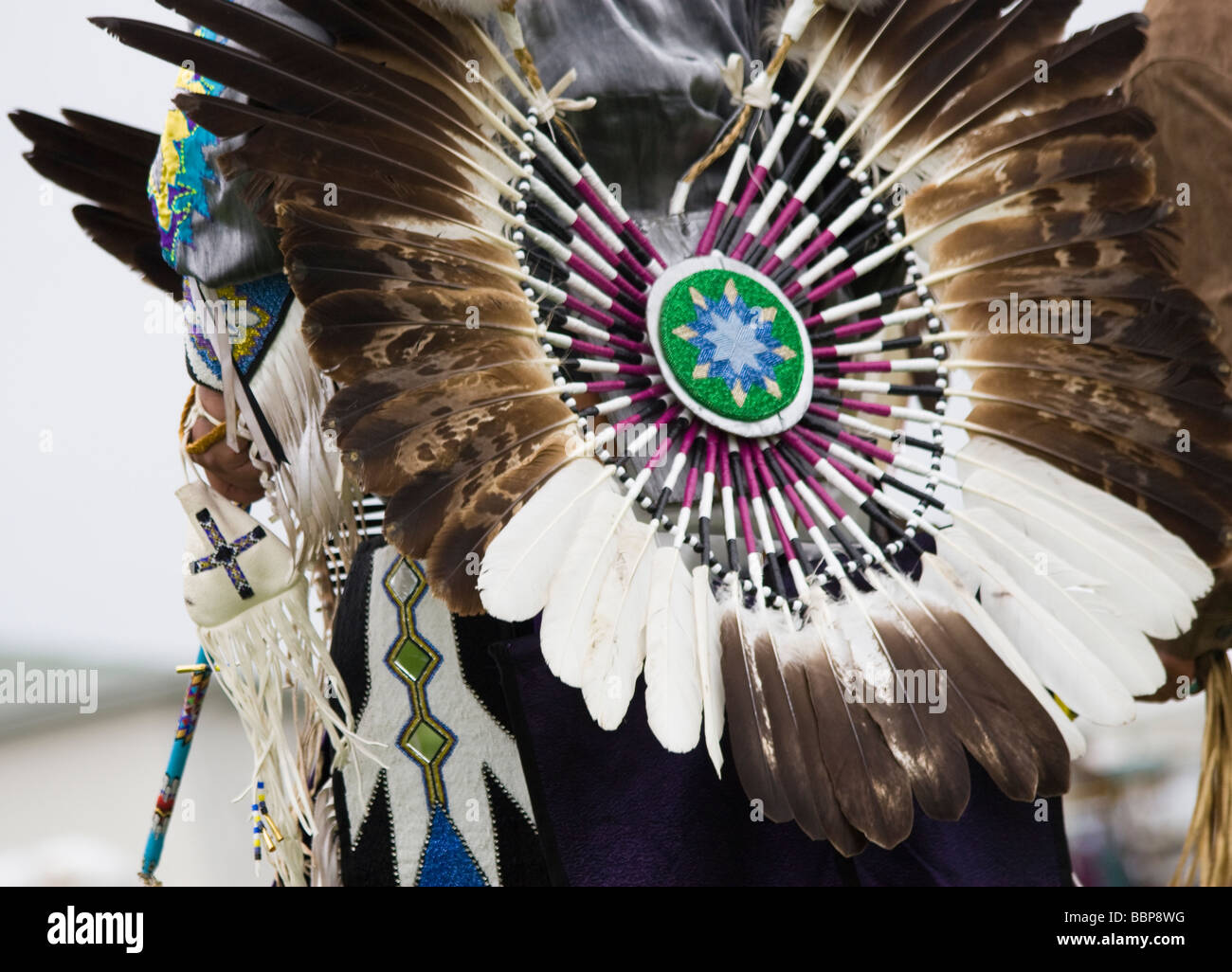
Sacred Plumes, Legal Straits: The Native American Eagle Feather Law
For millennia, the eagle has soared as a paramount symbol across Native American cultures, a majestic messenger bridging the earthly and spiritual realms. Its feathers, imbued with the bird’s power, wisdom, and connection to the Creator, are not mere adornments but sacred objects central to ceremony, healing, and identity. Yet, the possession and use of these revered plumes are entangled in a complex web of federal conservation laws, creating a unique and often contentious legal landscape for Indigenous peoples in the United States. This intricate interplay between deeply held spiritual beliefs and federal statutes, primarily the Bald and Golden Eagle Protection Act (BGEPA) and the Migratory Bird Treaty Act (MBTA), forms the core of the Native American Eagle Feather Law, a system that seeks to balance environmental conservation with religious freedom.
The spiritual significance of eagle feathers for Native Americans cannot be overstated. From the Lakota Wakan Tanka (Great Mystery) to the various tribal nations across the continent, the eagle is seen as a direct conduit to the divine. Its ability to fly higher than any other bird symbolizes its closeness to the heavens, making it the ideal messenger for prayers and offerings. Feathers are incorporated into headdresses (war bonnets), fans, staffs, dance regalia, pipes, and bundles, each with specific protocols and meanings. They signify honor, courage, wisdom, and leadership. A feather might be given to a child for a first accomplishment, to a warrior for bravery, or to an elder for their wisdom. They are used in naming ceremonies, vision quests, healing rituals, and sun dances. To possess an eagle feather is a profound honor, carrying with it immense spiritual responsibility and connection to ancestral traditions.
However, the legal framework governing these sacred objects emerged from a different context: wildlife conservation. In the early 20th century, both the bald and golden eagle populations faced severe decline due to habitat loss, poisoning, and widespread shooting. To combat this, Congress enacted the Bald Eagle Protection Act in 1940, later expanded in 1962 to include golden eagles, becoming the Bald and Golden Eagle Protection Act (BGEPA). This act makes it illegal to "take, possess, sell, purchase, barter, offer to sell, purchase or barter, transport, export or import, at any time or in any manner, any bald eagle or golden eagle, or any part, nest, or egg thereof." Penalties are severe, ranging from hefty fines to imprisonment. Complementing BGEPA is the Migratory Bird Treaty Act of 1918, a broader statute protecting all migratory birds, including eagles, from similar forms of exploitation.
Crucially, the 1962 amendment to BGEPA included a specific exemption for Native Americans. It states that the Secretary of the Interior "may permit the taking, possession, and transportation of specimens thereof for the scientific or exhibition purposes of public museums, scientific societies, and zoological parks, or for the religious purposes of Indian tribes, upon such terms and conditions as he may prescribe." This clause, born out of growing awareness of Indigenous religious practices, legally acknowledged the unique cultural and spiritual needs of Native Americans concerning eagle feathers.
This "religious purposes" exemption, however, came with significant stipulations and led to the creation of a complex bureaucratic system. To legally obtain eagle feathers, an individual must be an enrolled member of a federally recognized Native American tribe and apply for a permit from the U.S. Fish and Wildlife Service (USFWS). These permits specify the number and type of feathers allowed, and their use is strictly limited to traditional religious or ceremonial purposes.

The primary legal source for these feathers is the National Eagle Repository (NER), located near Denver, Colorado. Established in 1970, the NER acts as a centralized clearinghouse for all eagle carcasses and parts collected by federal and state agencies, primarily those found dead, injured, or confiscated from illegal activities. Once an eagle carcass arrives at the NER, it is processed, and its feathers and parts are meticulously cataloged and stored. Native Americans can then apply to the NER for feathers, which are distributed on a first-come, first-served basis.
While the NER was a groundbreaking initiative aimed at facilitating religious practice while upholding conservation, it faces significant challenges. The demand for eagle feathers far outstrips the supply. Tens of thousands of applications are received annually, leading to extensive waiting lists that can stretch for years, even decades, for specific types of feathers. An individual might wait 3-5 years for a single golden eagle feather or 1-2 years for bald eagle feathers. This backlog creates immense frustration and can severely impede Native American religious practices, as ceremonies often require specific feathers that are not readily available.
"The repository is a good concept, but the reality is that it just doesn’t meet the needs of our people," observes Robert T. Lee, a spiritual leader from the Navajo Nation. "Our ceremonies are living, breathing things that happen now, not in five years when a feather finally arrives."
Further complicating matters is the strict legal definition of who qualifies for these permits. Only members of federally recognized tribes are eligible. This excludes Native Americans from tribes not recognized by the federal government, or individuals who may have Native ancestry but are not officially enrolled, creating a painful disconnect for many seeking to practice their cultural heritage. The legal framework, therefore, inadvertently reinforces colonial constructs of identity and recognition.
The tension between conservation and religious freedom has also led to legal battles. Early cases like United States v. Abeyta (1982) saw Native Americans successfully argue that their religious use of eagle feathers was protected. However, the landmark Supreme Court case United States v. Dion (1986) muddied the waters. In Dion, the Court ruled that the BGEPA and MBTA abrogated treaty rights to hunt eagles, prioritizing federal conservation laws over tribal treaties. While the case did not directly address the religious use exemption, it underscored the federal government’s broad authority in wildlife protection, even when it conflicts with long-standing Indigenous rights.
Beyond the legal challenges of supply and eligibility, the strict regulations have inadvertently fueled a black market for eagle feathers. Individuals unable or unwilling to navigate the lengthy legal process may resort to illegal means, risking severe penalties. This illicit trade often involves non-Native individuals who may not understand or respect the sacred significance of the feathers, further distressing Native communities. The irony is stark: the eagle, America’s national bird, is a symbol of freedom, yet its feathers are legally inaccessible to many Indigenous peoples for whom they represent spiritual liberation.
Cultural appropriation also poses a significant problem. Non-Native individuals possessing or wearing eagle feathers, particularly in fashion or art, disrespects their sacred meaning and the sacrifices Native Americans have made to preserve their spiritual traditions. The law primarily targets the possession of feathers, making it difficult to prosecute those who merely wear them without actual ownership, yet the cultural harm remains profound.
In recent years, there have been efforts to address some of these systemic issues. The USFWS has explored ways to streamline the NER process and increase outreach to tribal communities. Some tribes are working directly with USFWS to develop tribal eagle aviaries or rehabilitation centers that could potentially provide feathers to their members more directly, bypassing some of the NER backlog. There’s also a growing movement for the repatriation of eagle feathers and other sacred objects held in museums and private collections back to their rightful tribal owners.
The Native American Eagle Feather Law represents a delicate and often imperfect attempt to reconcile profound spiritual belief with critical environmental protection. While the intention to protect eagle populations is universally supported, the implementation of the law has created a system fraught with bottlenecks, identity challenges, and cultural sensitivities. For Native Americans, eagle feathers are not mere artifacts; they are living prayers, direct connections to ancestors, and vital components of their cultural survival. The ongoing struggle to access these sacred objects under federal law underscores the enduring tension between Indigenous sovereignty, religious freedom, and the broader legal frameworks of the United States. As discussions continue, the hope remains that a path can be found where the majestic eagle continues to soar, and its sacred plumes can freely return to the hands of those who honor their profound spiritual weight.
